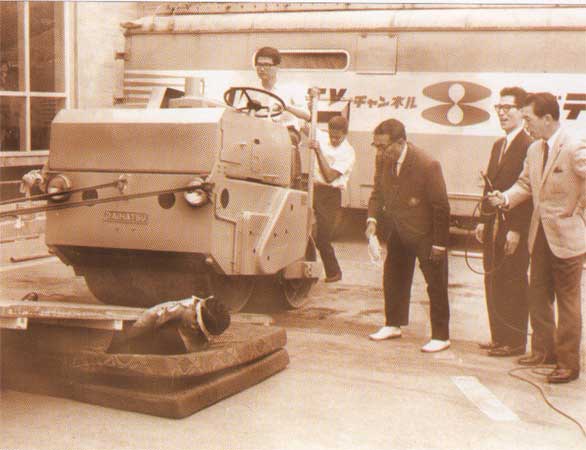|
A lot of people ask "what is Ghosh Yoga?" Where does it come from? Who taught it? What are the values, principles and techniques to achieve them? This is the first of three blog entries that will describe 1) the principles and goals of Ghosh Yoga, 2) the main characters and teachers, and 3) the historic sources and modern knowledge that are the basis for the techniques. First, the principles:
Ghosh Yoga has 4 main branches, plus a 5th branch if you look back into history a few decades. 1. THERAPY In the words of Bishnu Ghosh himself, "your health will either compel you to live a life of an old man in your teens or permit you to enjoy the munificent beautiful gifts of God in this wonderful world even when you are old." As such, maintaining health is fundamental. Ghosh Yoga has exercises for nearly every physical ailment or injury, and every organ and system of the body. This continues to be the most important branch of the yoga. 2. SPIRITUAL GROWTH It is well-known that Bishnu was the younger brother of Paramhansa Yogananda. Less known is that both of their parents were accomplished Kriya yogis, skilled in meditation. This element can be harder to spot in some of the modern iterations of the lineage, but if we look back at the origins in the 1930s, Buddha Bose writes of "the Kundalini Shakti, a latent power within every human being. When awakened Kundalini Shakti confers on man many special powers." Any brief description of spiritual goals and techniques falls short, which is often why spiritual aims are superseded by more immediate, physical ones. Spiritual techniques and practices are reserved for committed, dedicated students. 3. PERFORMANCE Exhibition and competition are popular in India, and many of Ghosh's students competed in weightlifting, ju-jitsu and even "Best Physique" and "Mr. Universe" competitions. As yoga has come to the West, Bikram and Rajashree Choudhury have played large roles in creating the Bishnu Ghosh Cup, the International Yoga Sports Federation and USA Yoga, all organizations for yoga asana competition. 4. BODYBUILDING Before they were yogis, Ghosh, Bose, Mukerji and Choudhury were all bodybuilders. Weight lifting was often seen as a complementary practice to yoga asana. 5. FEATS OF STRENGTH This branch has fallen out of popularity over the last couple decades, but it was prominent during Ghosh's youth. He taught several magnificent feats of strength to students in the 60s, including his son Bishwanath (pictured above), Jibananda Ghosh (who married his daughter), Bikram Choudhury and Rooma Bose. These feats included having something heavy, like a street roller or elephant, on your chest, lying on a sword and many other spectacular things. These feats utilized complex yogic techniques of breathing and physical control. Next week we will talk about the best-known teachers in this lineage.
0 Comments
Leave a Reply. |
AUTHORSScott & Ida are Yoga Acharyas (Masters of Yoga). They are scholars as well as practitioners of yogic postures, breath control and meditation. They are the head teachers of Ghosh Yoga.
POPULAR- The 113 Postures of Ghosh Yoga
- Make the Hamstrings Strong, Not Long - Understanding Chair Posture - Lock the Knee History - It Doesn't Matter If Your Head Is On Your Knee - Bow Pose (Dhanurasana) - 5 Reasons To Backbend - Origins of Standing Bow - The Traditional Yoga In Bikram's Class - What About the Women?! - Through Bishnu's Eyes - Why Teaching Is Not a Personal Practice Categories
All
Archives
May 2024
|







 RSS Feed
RSS Feed